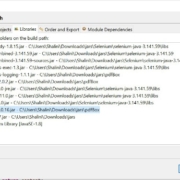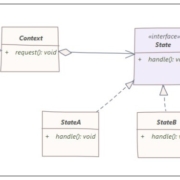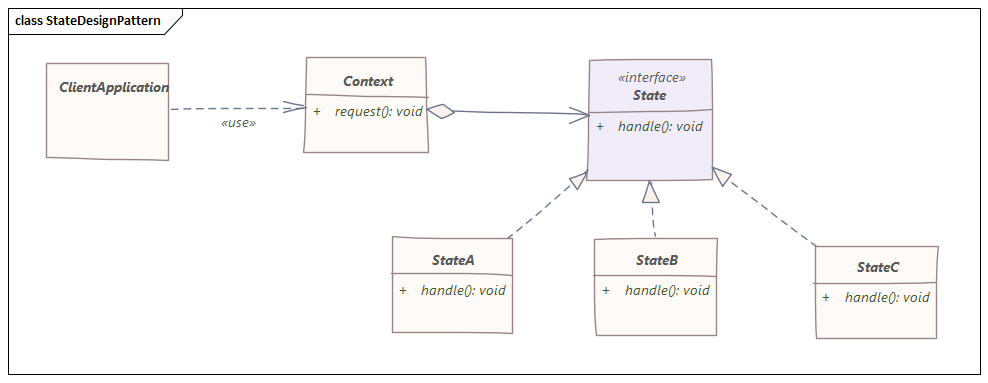As we have discussed before, the PDF is the ideal file format for saving, sharing, and protecting documents, both small and large. Its high compatibility with most Operating Systems makes it popular amongst most users for sharing information with different parties. Furthermore, it provides a more static platform for working with important documents like contracts and manuals, as steps can be taken to prevent any unwanted access or editing to the file.
With large and highly complex files like this, however, different systems may have difficulty uploading, downloading, and reading the formatting for your document. This can lead to file corruption or increased loading times that can halt productivity. Thus, streamlining large PDF files can greatly benefit organizations that regularly use this format in day-to-day operations.











